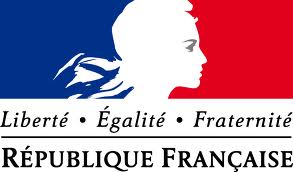In 2013, the initiative for an open method took a number of significant steps forward:
- on the one hand, as regards publicizing efforts, with particularly important contacts in the public sector and the joining of large services and consulting companies;
- on the other hand, as regards content, with the first publications of Praxeme version 2.
Work in progress
Three projects are underway:
- the development of the Praxeme certification, financed by APMG International;
- the incorporation of the Performance Tree approach, by Georges Garibian;
- the drafting of terminological procedures by professor Loïc Depecker.
The General guide, version 2, is ready in French and in English. The final review is almost finished. Two additional chapters will complete this guide on questions linked to transformation, with the formalization of the support materials presented during the members-only training course “Praxeme Competences”. In addition to the projects mentioned above, topics that we will tackle this year – through our workshops or publications – cover MDM, SOA, enterprise transformation, the digital enterprise, the evolution of IS urbanization, and modeling tooling.
With regards to this last subject, I am pleased to remind you that Softeam, the co-founding company of the Praxeme Institute, has renewed its offer to members around the Modelio tool.
Our subjects remain challenging, therefore not always popular; our ideals on rationality and rigor do not always receive the echo they should in our professional environments. However, an increasing number of signs seem to suggest an awareness, even an expectation, which leads us to believe in a return to voluntary and controlled design. The transformation engineering that we promote, the modeling techniques for which our association has acted as keeper, are in the process of finding favor among decision-makers, concerned with current challenges.
And so today, more than ever, the initiative for an open method needs all the support it can get, both yours and that of your companies. This support can be shown by:
- joining the association;
- participating in our work and events;
- mobilizing efforts and helping in the running of the association.
The form and instructions for joining are available on the wiki.










